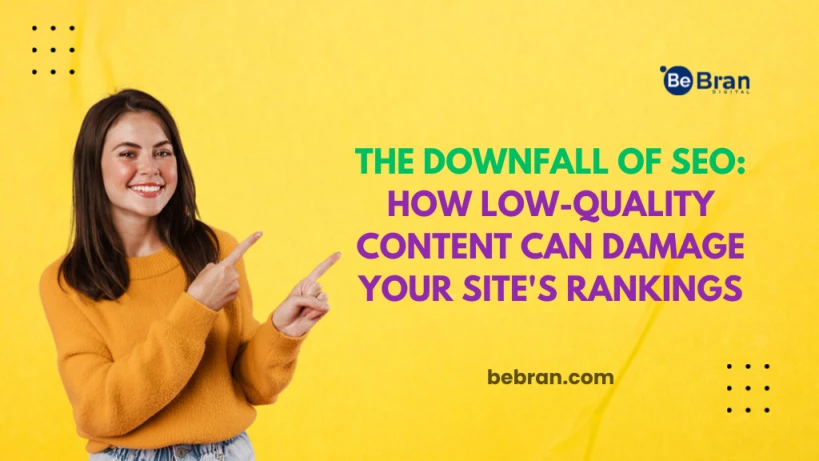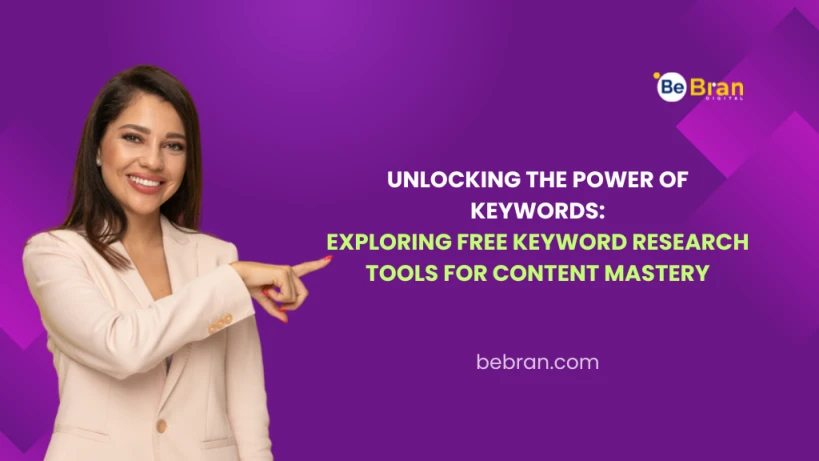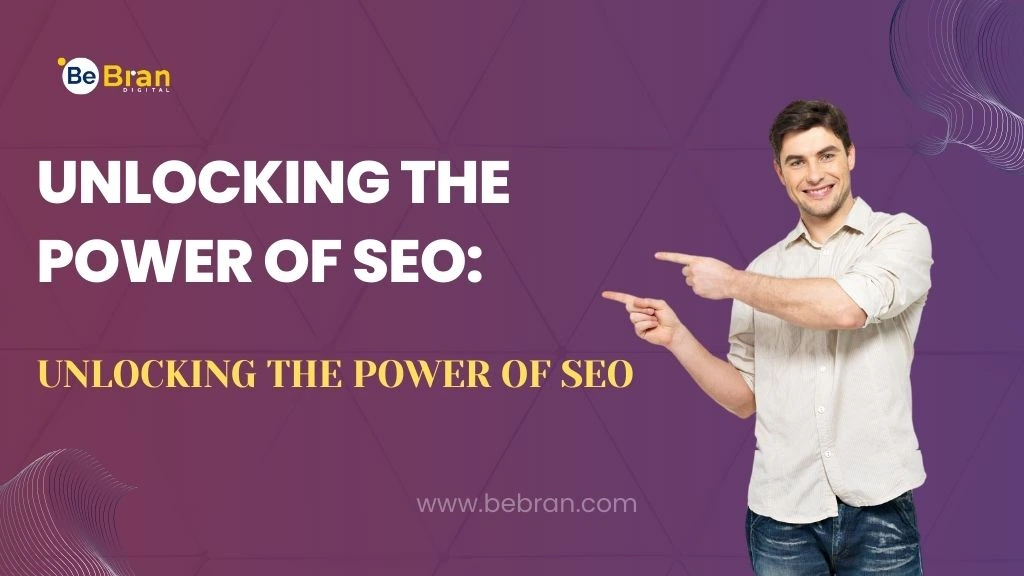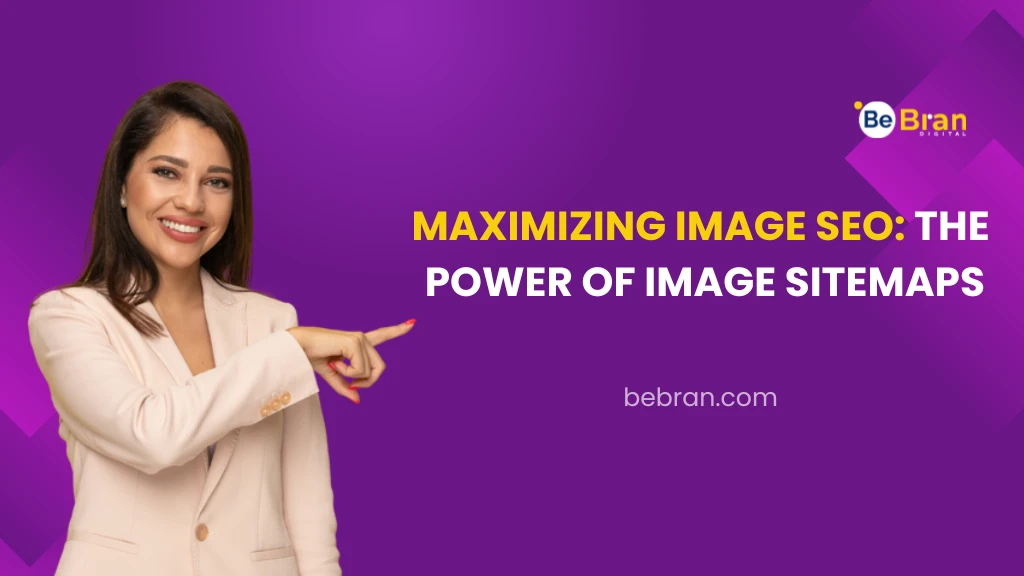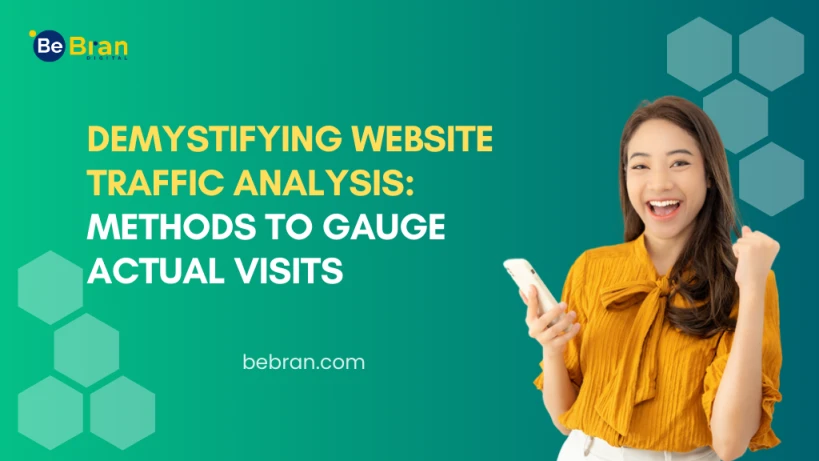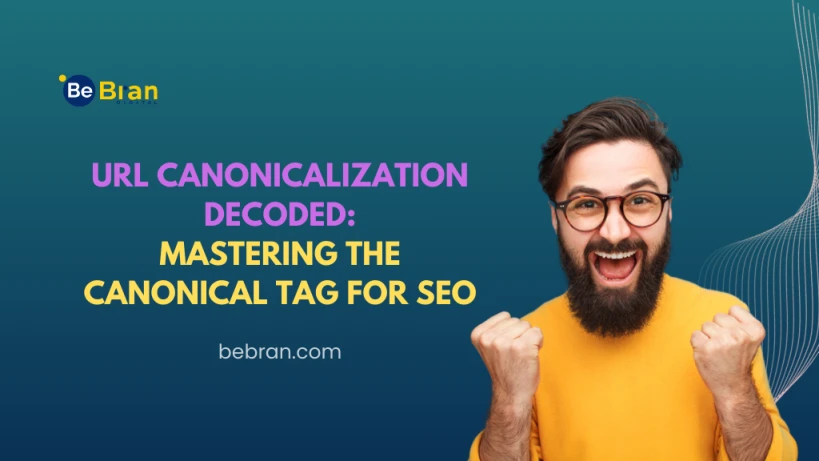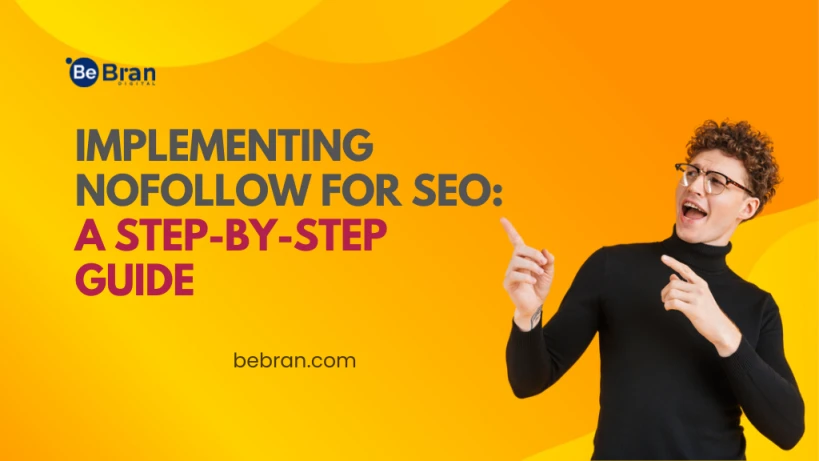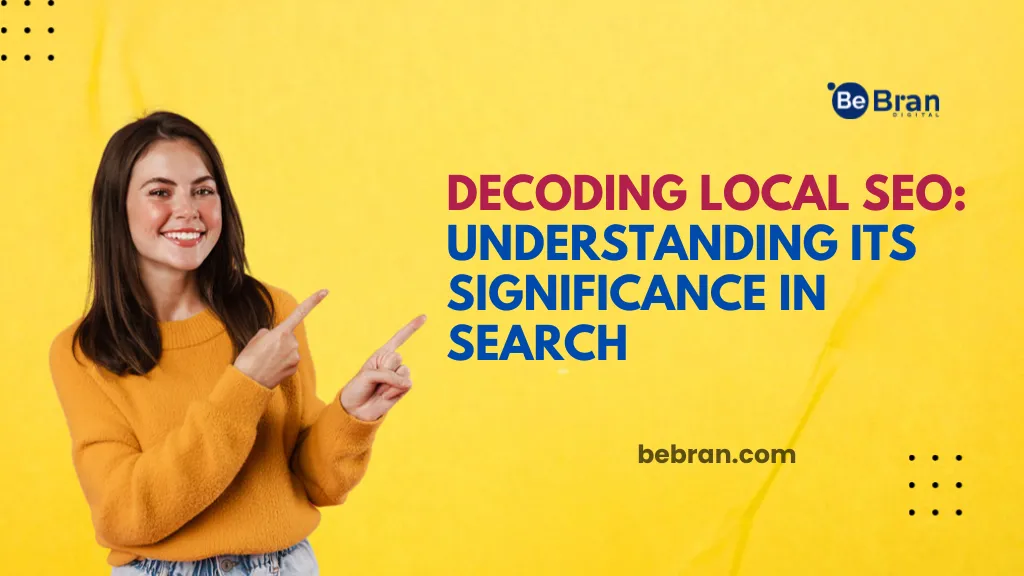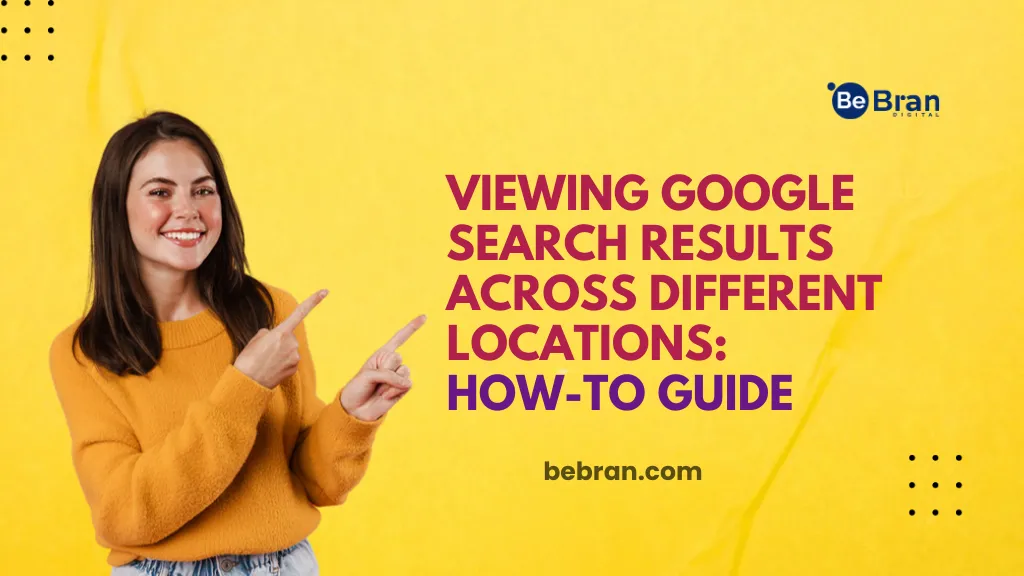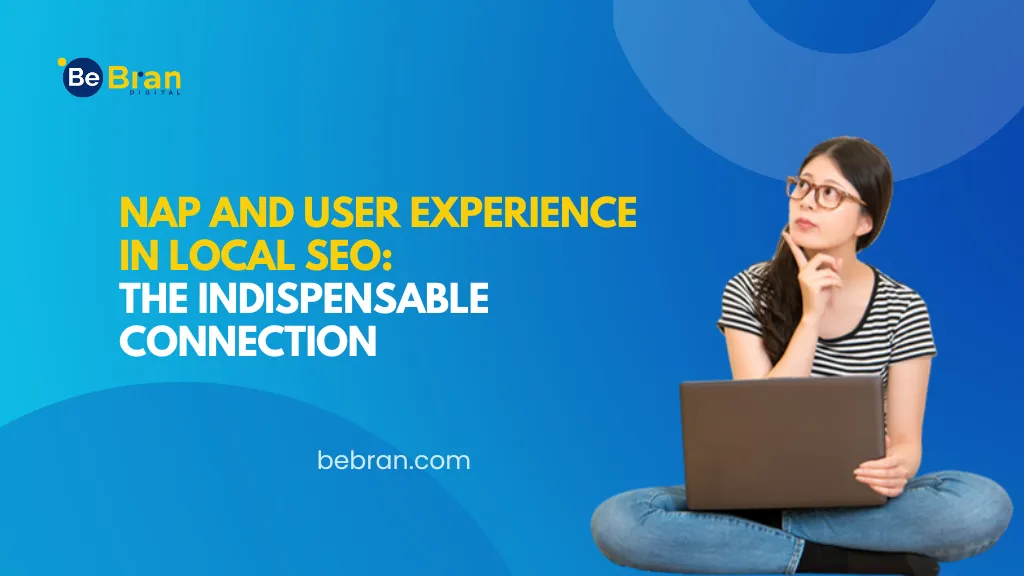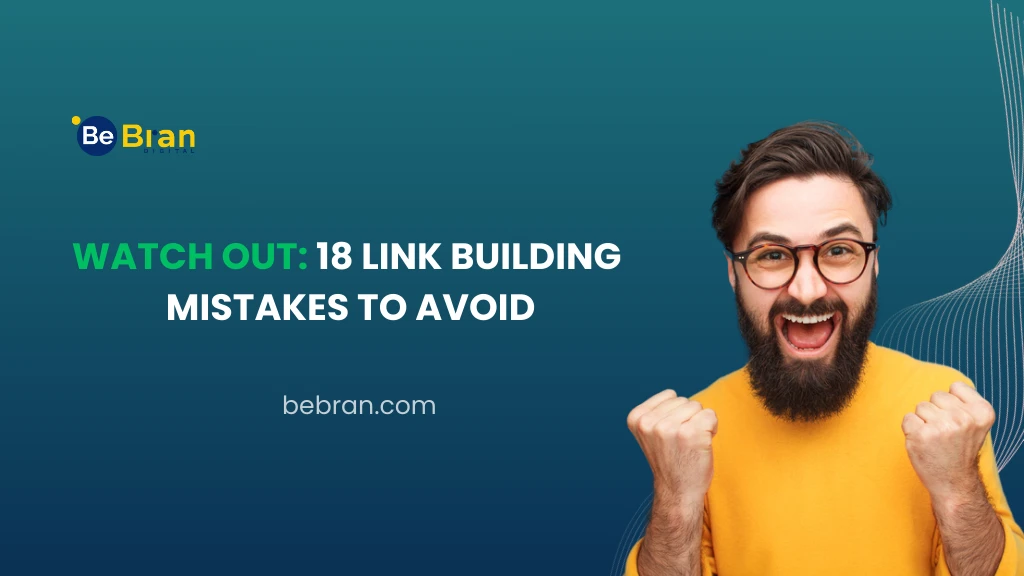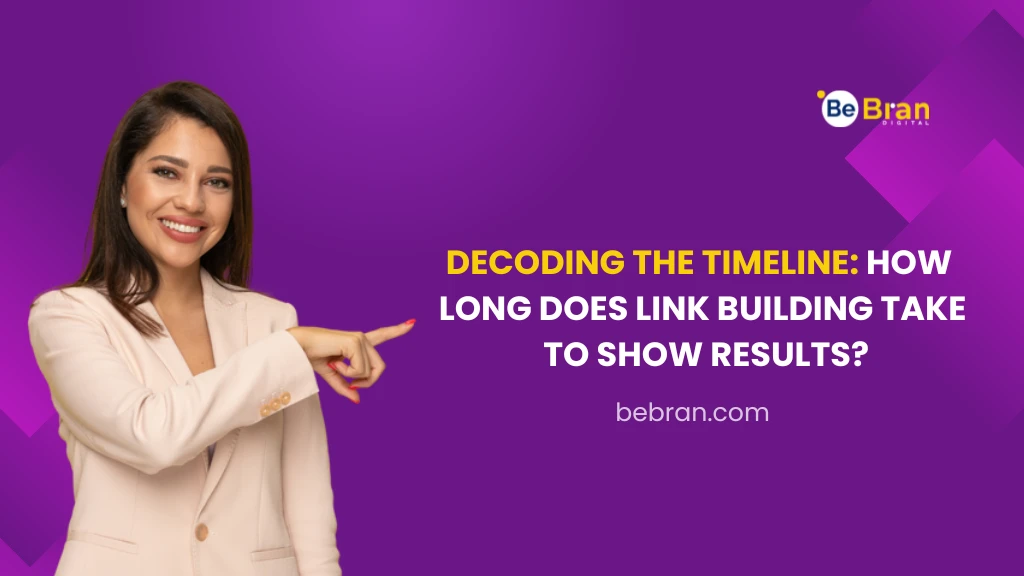
Dive into the vast digital realm, and one will quickly discern the irreplaceable role that Search Engine Optimization (SEO) plays. SEO is not merely about topping the search results; it's an intricate dance of strategies designed to connect users with the best, most relevant content. However, the term 'SEO' blankets a multitude of facets, each with its distinct purpose and techniques. Contrary to popular belief, SEO isn't a one-size-fits-all approach.
Different types of websites, audiences, and content necessitate varied SEO types to achieve their objectives. From on-page efforts that polish content for readers to the technical endeavors ensuring smooth website functioning – the parts of SEO are diverse and critical. This guide aims to unravel these varied types, shedding light on their purposes in the broader SEO strategy, complemented with illustrations for clarity.

Whether you're new to the digital domain or looking to fortify your existing knowledge, this exploration into the many parts of SEO promises a clearer understanding of its multi-pronged nature. As we journey through, remember: the ultimate purpose of SEO is to serve the user – a mission that's both an art and a science
Search engine optimization (SEO) is not just about ranking higher on search engines. It's a multifaceted strategy aimed at enhancing online visibility, driving organic traffic, and establishing brand authority.
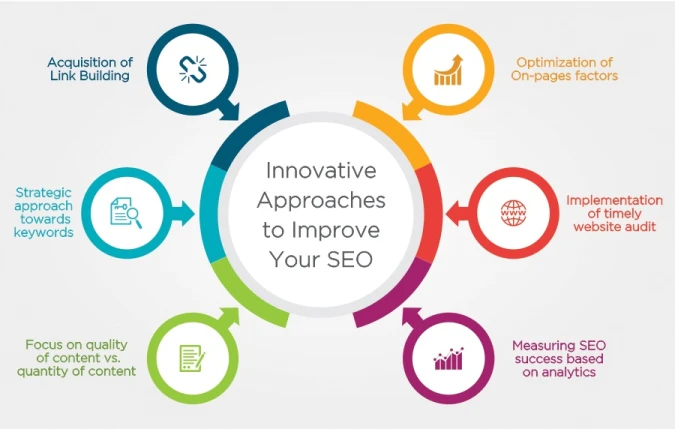
Search Engine Optimization, commonly known as SEO, has a deeper significance than just propelling websites to the top of search results. Let's dive into the multifaceted purposes of SEO:
1. Enhances Online Visibility:
While many perceive SEO mainly as a tool to rank higher on search engines, its core function extends to enhancing a website's overall online presence. The various parts of SEO, such as on-page, off-page, and technical, work cohesively to make a website more visible to its targeted audience. As search engines become more sophisticated, they prioritize websites that offer value, and a well-optimized site stands out, ensuring that potential customers can find you when they need to.
2. Builds Brand Authority and Trust:
One of the primary purposes of SEO is to establish a strong foundation for a website with a clean, effective user experience that's easily discoverable in search. Over time, quality SEO can position a brand as an authority in its niche. Factors like backlinks from reputed sites, optimized on-page content, and positive user behavior contribute to a brand's trustworthiness.
3. Drives Targeted Organic Traffic:
Unlike paid advertising, organic traffic isn't an immediate result of an active campaign; it's a long-term benefit of good SEO practices. When your website ranks for specific keywords relevant to your business, you attract potential customers who are actively looking for the products or services you offer. This targeted approach ensures higher conversion rates.
4. Optimizes User Experience:
Google has evolved to a point where it can interpret favorable or unfavorable user experiences. The parts of SEO that focus on user experience, like mobile optimization and site speed, ensure that visitors have a seamless and user-friendly experience. A positive user experience has become pivotal to a website's success.
5. Encourages Engagement and Conversations:
Localized SEO strategies help businesses engage with communities in specific locales. By optimizing your website for local SEO types, you're more likely to attract local traffic, engage with them effectively, and drive them to take action, be it a sale, sign-up, or another form of conversion.
Thus, the true purpose of SEO transcends rankings. It's about offering genuine value to users, understanding the intricate parts of SEO, and weaving them together to achieve online excellence.
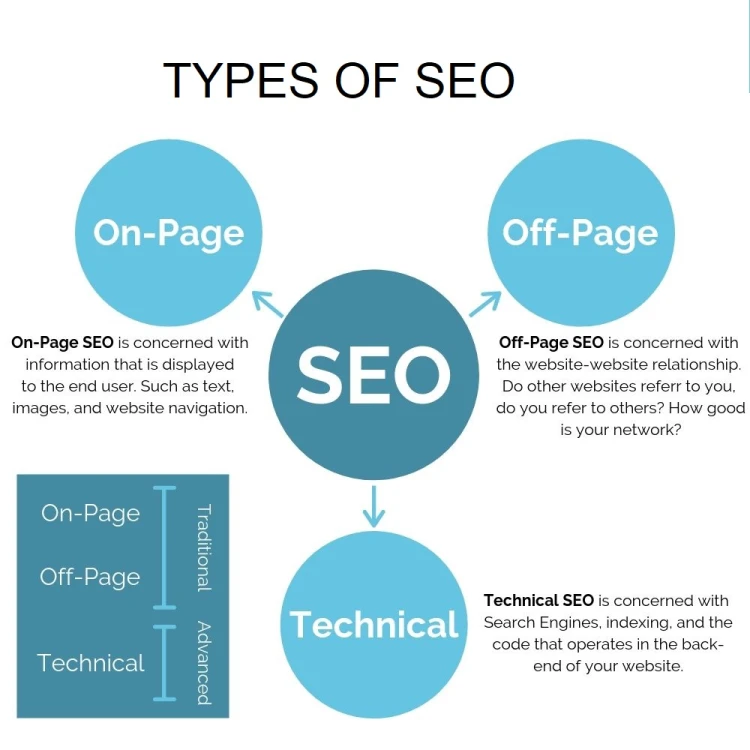
SEO is more than a monolithic entity; it’s a collection of distinct strategies and practices that cater to various facets of the online landscape. By understanding the different SEO types, businesses can better tailor their approach to meet specific objectives. Here's a deeper dive into the primary types of SEO:
On-page SEO is all about the content and elements you can control on your website:
Off-page SEO concerns itself with external factors that impact your site's authority:

This revolves around the backend elements of your site:
Tailored for local businesses:
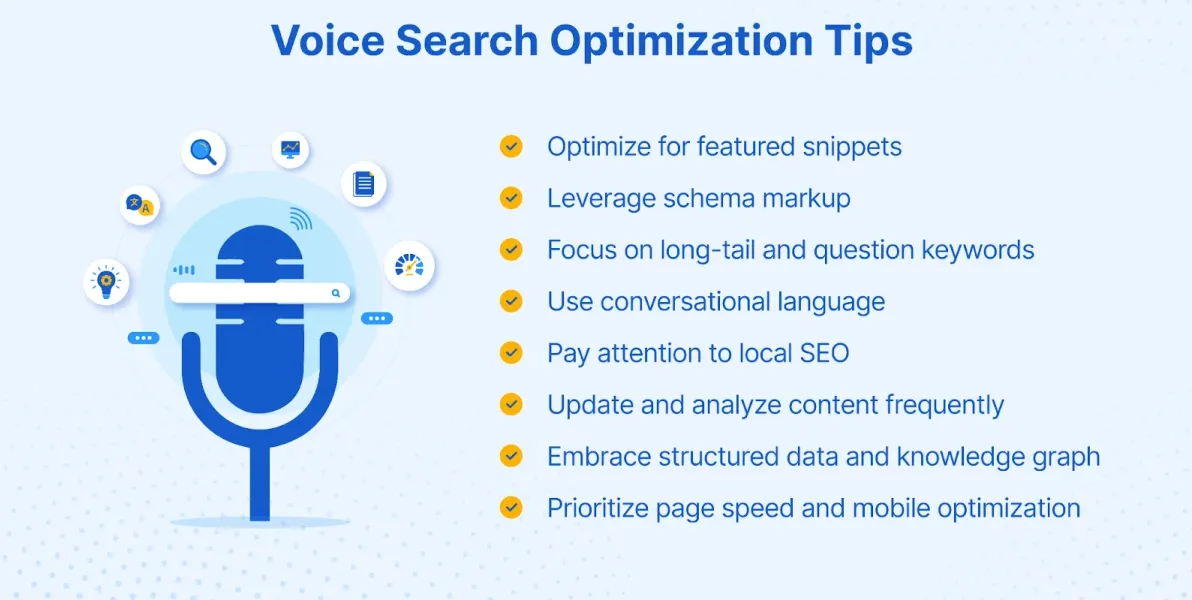
With the rise of smartphones:
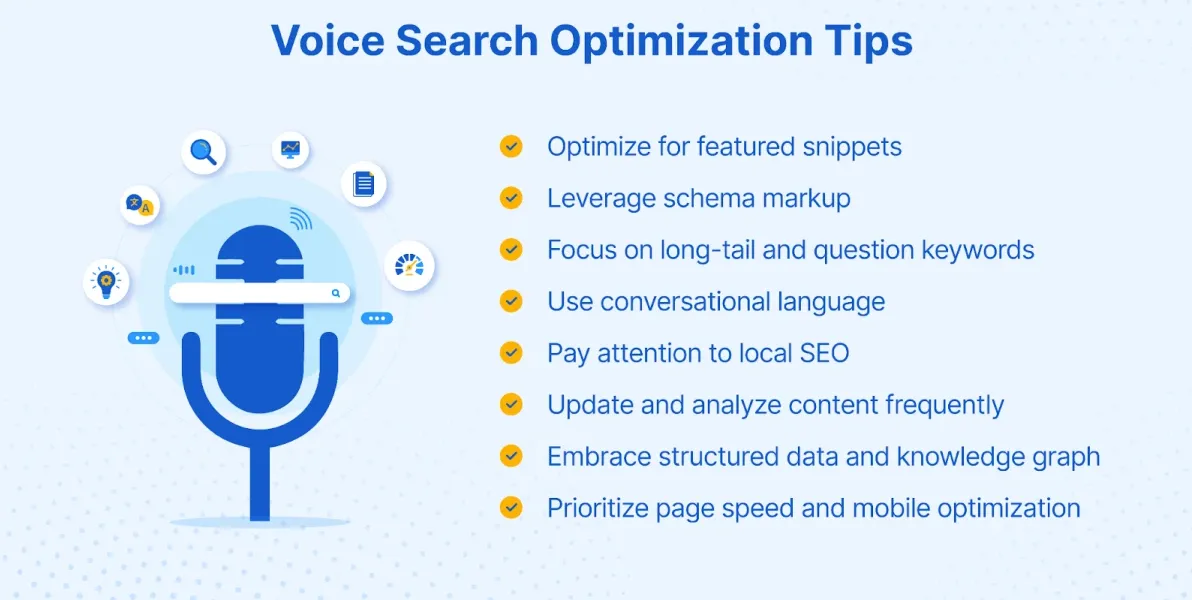
As more users adopt voice-activated devices:
The landscape of SEO is vast and varied. By appreciating the parts of SEO and understanding the purpose of SEO types, businesses can craft strategies that align with their goals, ensuring they're not just aiming for rankings, but building a meaningful online presence.
With the surge in video content consumption, especially on platforms like YouTube, leveraging Video SEO has become vital for anyone looking to boost their video content reach. The purpose of SEO in this context is not only about visibility but also about engagement and retention:
With the influx of visual content online, image SEO is pivotal in making these visuals easily discoverable on search engines, playing a critical part of SEO strategy:

Both video and image content are essential parts of SEO strategies in the modern web era. Ensuring that they are optimized not only enhances visibility but also improves the overall user experience, adhering to the primary purpose of SEO: providing relevant, quality content to users efficiently.
Real-world examples provide tangible insights into the varied applications of SEO types. Whether it's a local business optimizing for regional searches or a blog leveraging on-page SEO, the objective remains consistent: visibility and relevance.
Examples offer clear insights into how varied SEO types have been utilized by successful brands.
To truly dominate the search rankings, businesses must integrate multiple SEO types. A holistic approach ensures a site is optimized from every angle.
Understanding the interconnectivity of different SEO types and strategically integrating them.
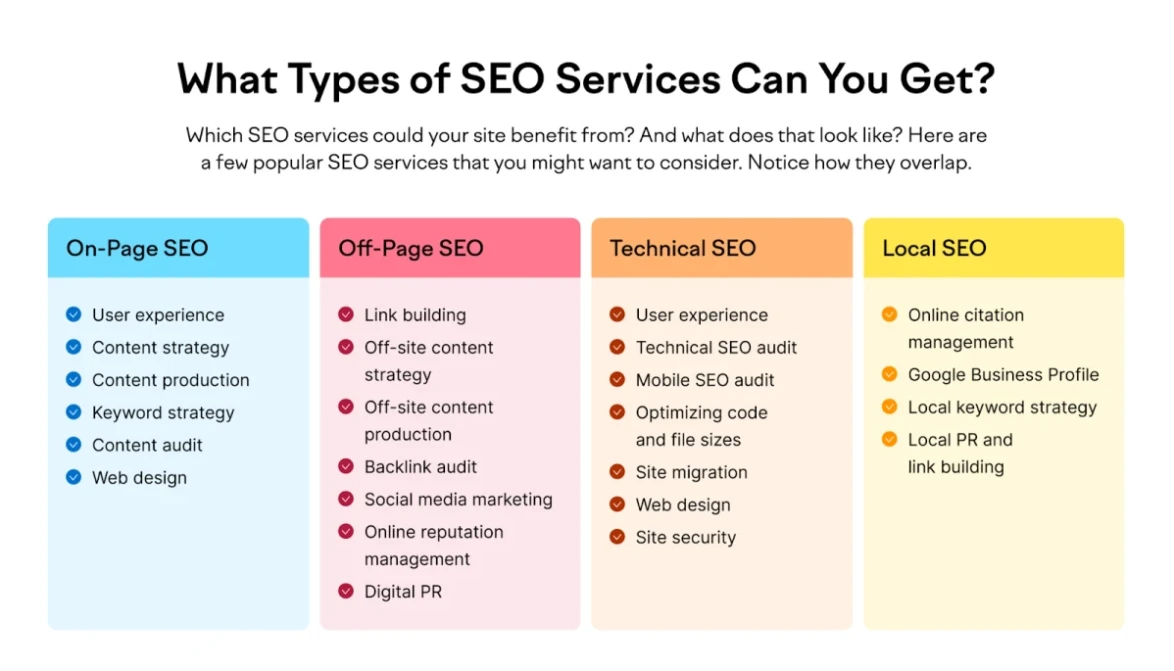
As with any strategy, there are hurdles to overcome. Recognizing these challenges early can help in devising effective counter-strategies.
While SEO is rewarding, it comes with its set of challenges.
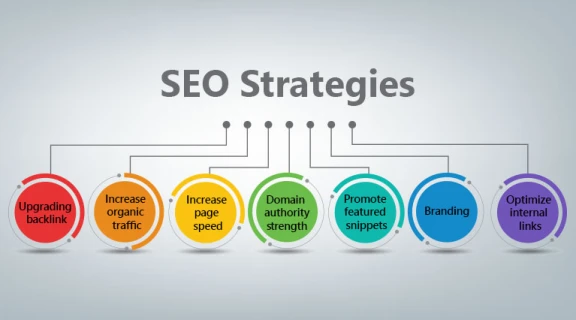
Understanding the intricate landscape of SEO is crucial in today's digital age. With the multitude of SEO types, grasping each's nuances can be daunting. However, a thorough comprehension and integrated approach, keeping in mind the primary purpose of SEO, can lead to unparalleled digital success. Remember, SEO isn't just about visibility; it's about meeting user needs effectively and efficiently. As the parts of SEO come together in harmony, businesses can achieve not just higher rankings but also trust, authority, and brand loyalty.
Embracing the myriad parts of SEO and understanding their unique purposes can lead to comprehensive, well-rounded strategies. By integrating various SEO types, businesses can not only aim for higher rankings but also offer valuable content, and better user experiences, and achieve lasting digital success.
1. What are the main types of SEO?
There are several types of SEO, but the primary ones include On-Page, Off-Page, Technical, Local, Mobile, and Voice Search SEO.
2. Why are there different parts of SEO?
The parts of SEO address different aspects of a website's presence online. While On-Page focuses on content and keywords, technical SEO deals with website infrastructure, and Off-Page looks at external factors like backlinks.
3. Is one type of SEO more important than the others?
No, all SEO types are crucial. Depending on your business goals, you might prioritize one over another, but a balanced approach to all parts of SEO is recommended for comprehensive online visibility.
4. How does the purpose of SEO extend beyond just search rankings?
The primary purpose of SEO is to enhance online visibility, drive targeted organic traffic, optimize user experience, build brand authority, and encourage user engagement and conversions.
5. What role do images and videos play in SEO?
They're part of the broader SEO types. Image SEO ensures visuals are discoverable, and Video SEO focuses on improving video content's reach on platforms like YouTube.
6. Why is local SEO crucial for small businesses?
Local SEO targets regional searches, making sure businesses appear prominently when users search for services or products in a specific location.
7. How does mobile SEO differ from regular SEO?
Mobile SEO specifically caters to the mobile user experience, ensuring that websites are optimized for mobile devices in terms of design, load times, and functionality.
8. How do the various parts of SEO integrate for better results?
An effective SEO strategy takes a holistic approach, integrating all SEO types to ensure a website is optimized from every angle, meeting user needs effectively and efficiently.




